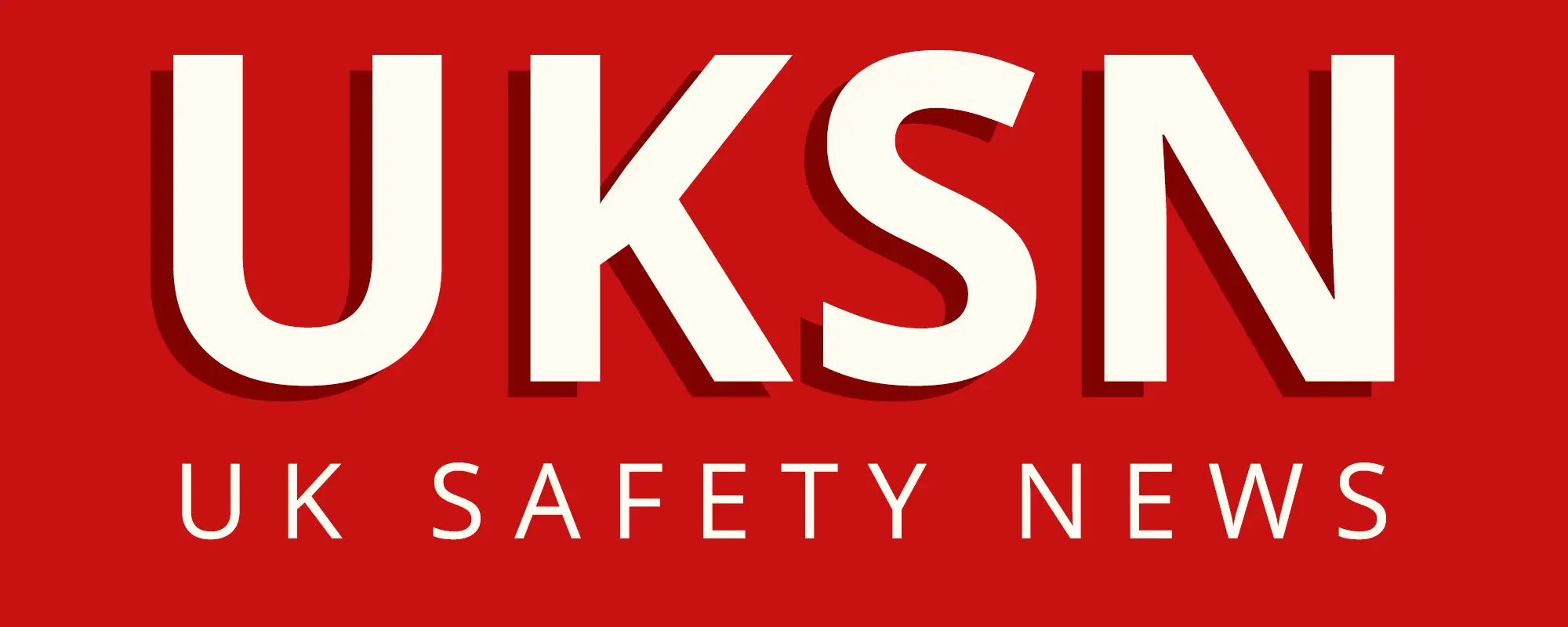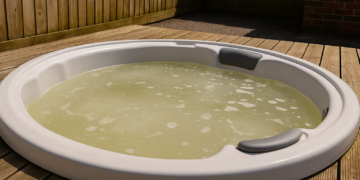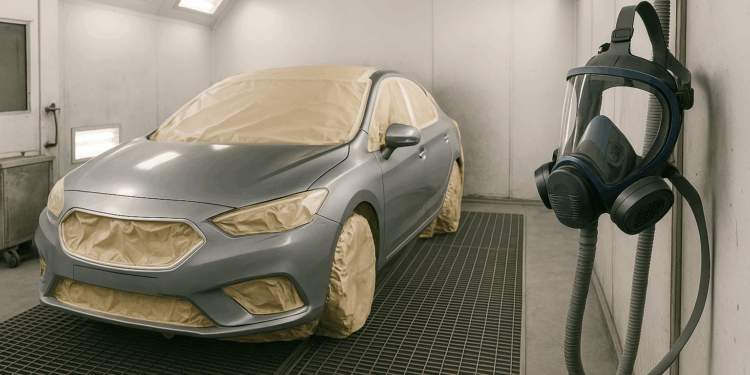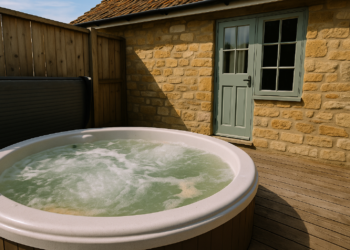Story Highlight
– HSE launched 1,000 inspections of vehicle repair businesses.
– Focus on isocyanate-containing paints causing occupational asthma.
– Inspections ensure compliance with COSHH Regulations for safety.
– Health surveillance and urine testing are required for workers.
– Non-compliance may result in fines or prosecution for businesses.
Full Story
The Health and Safety Executive (HSE) has initiated a comprehensive inspection programme involving 1,000 targeted visits to motor vehicle repair shops across Great Britain, aimed at addressing the issue of occupational asthma. This condition, which frequently affects skilled paint sprayers, can result in severe health repercussions, sometimes forcing individuals to leave their jobs indefinitely.
The focus of this inspection campaign is on establishments that utilise isocyanate-based paints and coatings. These substances are known as the primary contributors to occupational asthma in the UK. Once individuals develop this condition, even minimal exposure to isocyanates can provoke serious respiratory attacks, thereby making it untenable for them to continue working in the sector.
Under the Control of Substances Hazardous to Health (COSHH) Regulations, the HSE’s inspections will evaluate how well businesses are adhering to legal standards regarding worker safety. Specifically, employers are obligated to prevent or manage employees’ exposure to isocyanates by implementing effective control strategies and safe operational practices. Routine health surveillance and biological monitoring are essential requirements to verify the efficacy of these control measures for those working with isocyanates.
Health surveillance is crucial when there exists a risk of inhalation and skin contact during painting procedures. The COSHH guidelines further necessitate that exposure levels are monitored effectively; biological monitoring, particularly through urine testing, has been identified as the most practical method for assessing exposure and ensuring safety protocols are followed.
Regular health checks conducted by trained occupational health professionals play an essential role in identifying early signs of conditions like occupational asthma or dermatitis among workers. Laboratory analysis of biological samples enables the detection of hazardous isocyanate levels before they lead to substantive health issues, offering employers a timely opportunity to rectify any failures in control measures.
Kate Jones, who leads the HSE’s biological monitoring team, remarked, “Biological monitoring, a simple urine test, is a quick and cost-effective way to check that control measures are working and being used properly, giving sprayers, dutyholders and HSE confidence that spraying is being done safely.”
Isocyanate-based materials, often referred to as two-pack (2k) paints, are prized for their resilience and quality finish. However, when aerosolised during application, these paints generate an invisible mist that can rapidly escalate to harmful levels within a short period.
To protect workers effectively during spray painting activities, businesses are urged to implement three critical safety measures:
1. **Ventilation in Spray Booths**: It is essential for spray booths or painting rooms to have adequate extraction systems that maintain negative pressure to prevent the escape of paint vapours into the broader workshop area.
2. **Respiratory Protection**: Workers are required to don air-fed breathing apparatus that meets the necessary certification standards. Standard filtering respirators do not sufficiently shield against the paint mist and vapours produced during spray work. Ideally, full-visor breathing apparatus is recommended, although half-mask types are acceptable when paired with appropriate eye protection and frequent biological monitoring.
3. **Clearance Procedures**: Clearly displayed measurable clearance times must be set for workers. Employees should only remove their respiratory protection once they have exited the spray area and the specified clearance time has elapsed.
Noncompliance with COSHH Regulations can result in serious repercussions, including improvement notices, prohibition notices, or legal action that may entail substantial fines.
Motor vehicle repair businesses can access extensive guidance and resources on the HSE’s campaign pages to ensure adherence to regulations and safeguard their workforce from preventable occupational diseases.









This is a vital and overdue push. Vehicle repair workplaces must control isocyanate exposure through proper ventilation, suitable respiratory protection, robust COSHH assessments and routine health surveillance. Employers should ensure workers receive training, suitable PPE that fits and is maintained, and that urine testing and medical checks are in place where needed. HSE enforcement is a necessary reminder that corners cut on controls and monitoring risk long term health and heavy penalties.
This HSE campaign is a timely reminder that managing isocyanate risks is essential not optional. Employers must ensure controls are suitable and effective ventilation and appropriate respiratory protective equipment are in place for all tasks that could generate sprays or vapour. COSHH requires risk assessment, elimination or substitution where possible, and strict use of controls with documented procedures and training. Health surveillance is not a box ticking exercise it is a protective measure for workers so arrangements for biological monitoring and prompt follow up must be clear. Enforcement action is justified where businesses ignore these requirements because the consequences for workers lungs can be lifelong.
This is a necessary and timely intervention. Vehicle repair businesses must take responsibility for reducing exposures to isocyanates by reviewing their processes, improving ventilation, providing suitable respiratory protection and ensuring workers receive health surveillance. Routine urine testing, clear training and robust COSHH assessments should be standard practice rather than an afterthought. Non compliance not only risks enforcement but more importantly long term respiratory harm to workers.